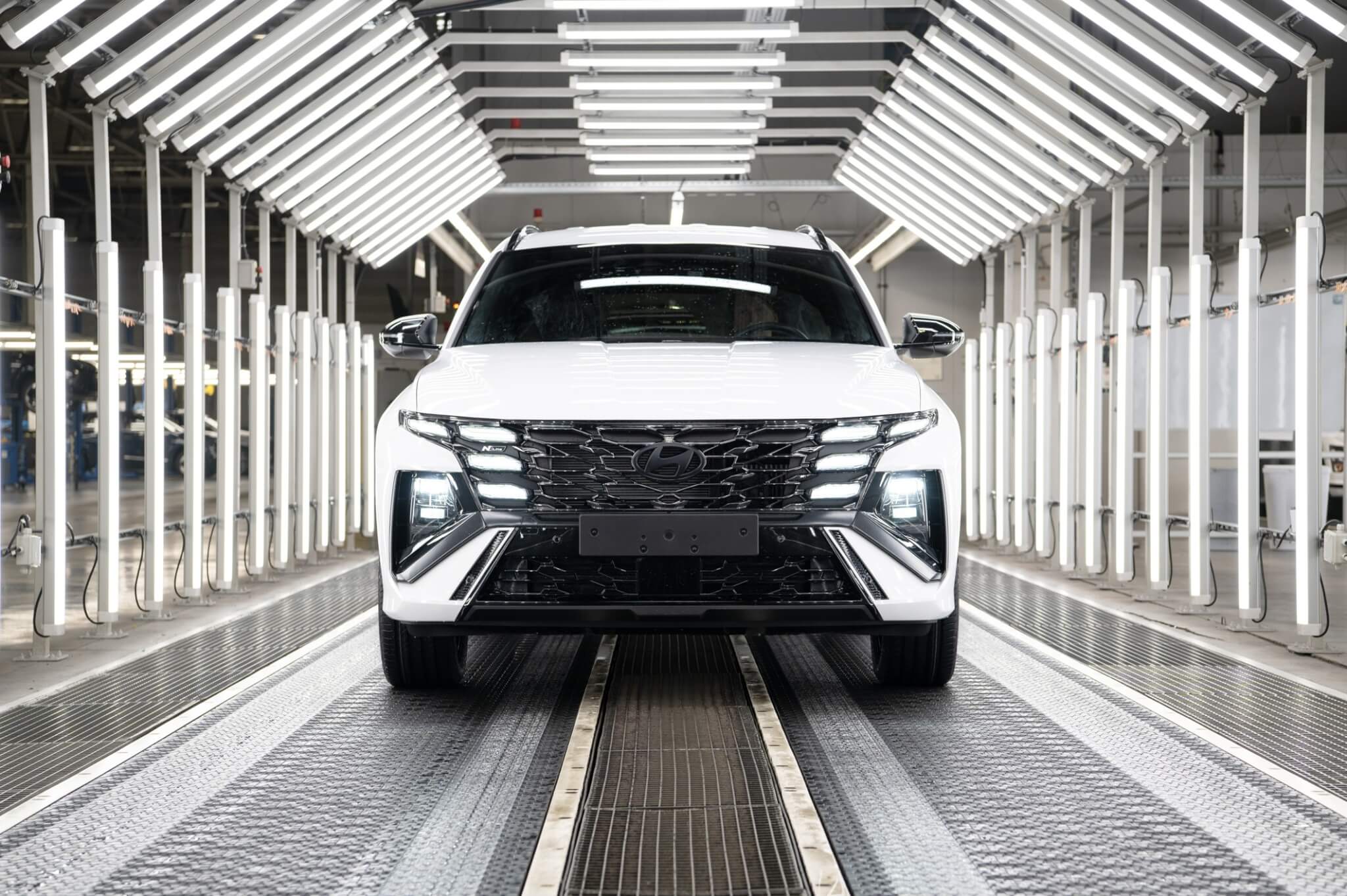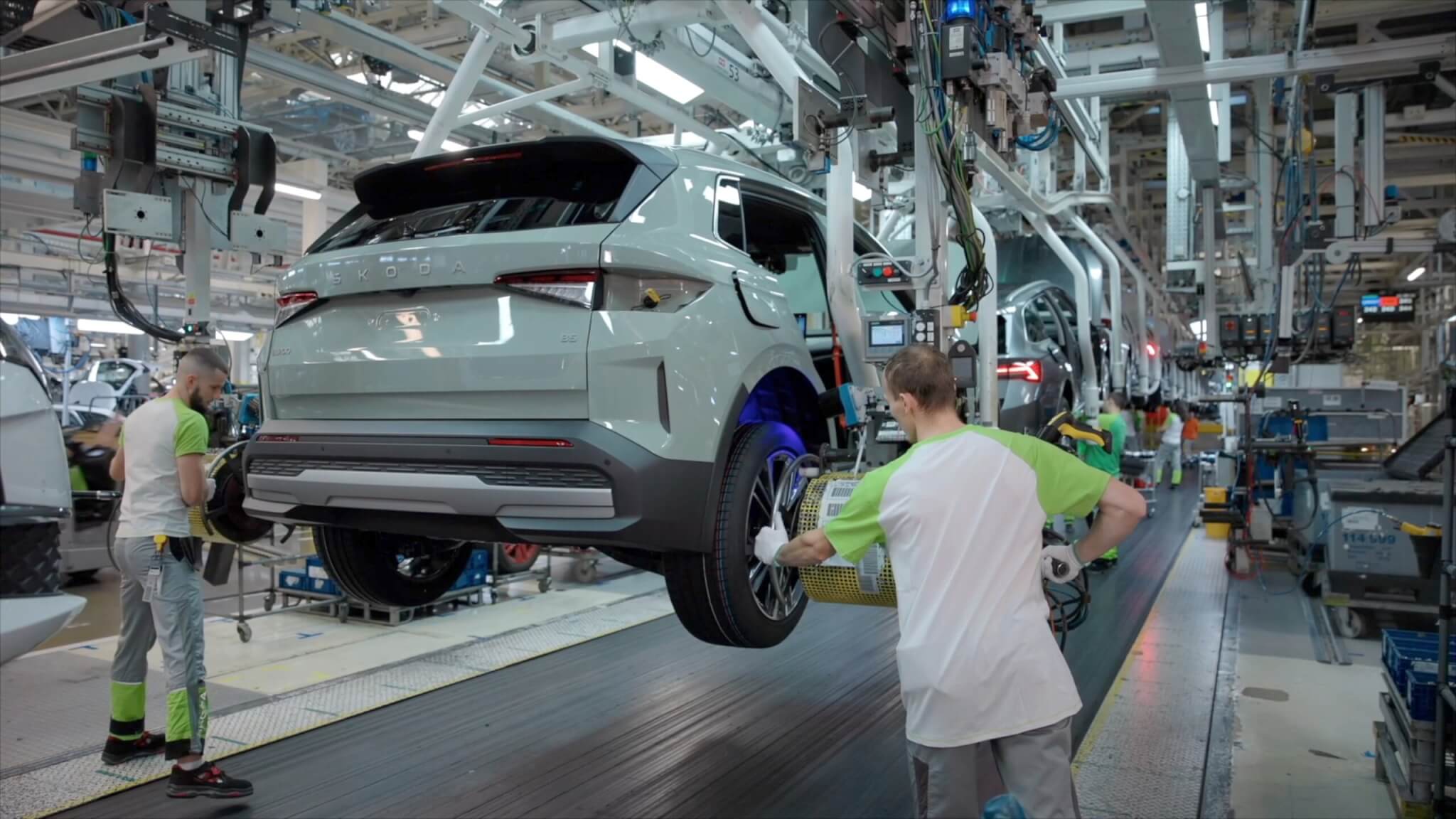The proposed new Euro 7/VII emission standards will have major negative impacts on internal combustion engine vehicles and their availability. At the same time, it will drain much needed resources for investment in the development of electric vehicles. Among its main drawbacks:
- Time unrealism, as the short effective date does not effectively allow time for production to evolve and adapt, causing production disruptions in a number of plants.
- Economic inefficiency, as the massive investment required will only be available for a relatively short period of time and a limited number of vehicles, while severely limiting the resources available for the development and production of zero emission vehicles, with negative impacts on GDP and jobs.
- Negative impact on citizens, as it will lead to a significant reduction in the supply of affordable smaller vehicles and an increase in the cost of personal road transport and hence mobility in general.
- Negligible environmental benefits, as in the absence of systemic support for the renewal of the ageing fleet, the share of emissions from the operation of vehicles meeting standards older than Euro 7/VII will in the long term significantly exceed those from new vehicles entering the market. At the same time, the contribution of the new emission standard will be further reduced by the rapidly increasing share of completely emission-free vehicles.
Temporal unrealism of the proposal and conflict with the principles of proportionality and good regulation
The European Commission announced the preparation of the Euro 7/VII standard in 2019. However, the submission of the proposal was subsequently postponed repeatedly (3Q/2021, 1Q/2022, 3Q/2022) so that publication was not made until November 2022. The envisaged date of entry into force of the standard remained unchanged, i.e. 1 July 2025 (for OA). In addition, there has been a de facto tightening, as this date now applies to all vehicles placed on the market, i.e. not only to new models, as the previous standards did.
The unrealistic timing of compliance is exacerbated by the proposed powers for the European Commission to issue implementing acts. The proposed wording of the provisions in question is extremely vague and unduly vague. It is not clear from their wording what the legislation contained in the implementing acts will contain in terms of the content and scope of the requirements imposed on the addressees or the Member States. It is therefore not in the power of the addressees of the standard to prepare in time for its implementation.
We therefore propose to modify the entry into force so that the standard will apply at the earliest 4 years after the publication of all implementing acts. The technical deadlines for the development of the engine and its regulation, the test sequences including sufficient reliability and durability of the drive, and consequently the time required for approval tests and homologation administration, require sufficient time and these activities can only be carried out after the publication of the implementing acts in their final version.
In view of the marginal environmental impacts and the short timeframe for the applicability of the measures necessary to comply with the stricter motor emissions (ban on the sale of ICE vehicles as early as 2035), the massive investments needed in development and production risk being frustrated. The proposal is therefore not in line with the legal principle of proportionality. We therefore strongly recommend not to follow the same path as in the case of the tightening of previous Euro standards, but to first consider whether, and to what extent, a Euro 7 standard is necessary. If so, what is a truly proportionate approach that would help to reduce overall emissions from road transport synergistically with the development of zero emission transport, motivated by regulation-embedded CO2 targets for both OA and NA manufacturers (proposal for NA submitted on 14/02/2023).
Overwhelming impacts on employment, economy, society
The adoption of the proposal as presented will have a fatal impact on employment in final producers and supply chains. Hundreds of thousands of people could lose their jobs across the EU. ŠKODA AUTO warns that if the proposal is adopted as presented, it will lead to the closure of a number of production plants (and not only small vehicles), not only in the Czech Republic but also in other countries (e.g. Hungary, Poland, etc.).
Increase in price and liquidation of the small car segment
According to the statistics of the Association of Car Importers, the small car and lower middle class segments account for 30% of new registrations in the Czech Republic in the past year. Most European car manufacturers have already abandoned this segment, arguing that it would be too costly to invest in the development of exhaust pollution and emissions reduction or hybridisation of small engines, or that such investments would make vehicles so expensive that their competitive advantage would be lost.
For example, even ŠKODA AUTO has already written off a billion-dollar investment in the cancelled development of the Fabia Combi, and other domestic carmakers’ models are also at risk in the future. If it is not worthwhile for manufacturers to invest in the development of new engines and vehicles due to technical infeasibility, this segment will disappear completely. Reducing the category of small cars costing up to half a million crowns would mean that buying a car would become unaffordable for a wide group of the population, as there will be no similarly available emission-free variant on the market in the foreseeable future. This will further exacerbate the obsolescence of the Czech fleet and its emission footprint.
Extremely harsh conditions for trucks and buses
Tightening the emission limits for trucks and buses is technically almost impossible. For example, the strict NOx (nitrogen oxides) limits are at the limit of measurability using existing measurement technology. The situation is similar for the newly measured emissions of N20 (nitrous oxide), HCHO (formaldehyde) and NH3 (ammonia), where there is no methodology to define the measurements either.
According to the European Commission, the investment to meet Euro 7 requirements would also cost €2,700 per truck. Taking into account the time lag and inflation, the price of the truck will increase further for the customer, while at the same time the transport costs will increase. At the same time, it is incomprehensible that the European Commission has proposed new emission limits for trucks in a situation where we do not yet know the form of the new CO2 performance standards for NA, which will probably be published on 14 February 2023. Among the measures contemplated therein is, for example, a ban on the sale of city buses with internal combustion engines as early as 2030. Furthermore, given the limited amount of critical raw materials for battery production, a competition for these raw materials between car and truck manufacturers can be expected in the future.
Unfulfilled requirements such as the installation of OBM systems (On-Board-Monitoring)
The need to implement new technologies to meet the extensive OBM requirements for vehicles requires real-time monitoring of vehicle emissions. This can be achieved e.g. by installing sensors to monitor specified pollutant emissions on-line or by a computational model. However, some such sensors for in-vehicle use are not currently available on the market (e.g. for NH3, N2O), so an emission SW-model needs to be developed in the control unit. However, emissions modelling runs the risk of being too sensitive, leading to more frequent reporting of problems with elevated emissions.
Also, the intention to make it impossible to start the car after 1,000 km from the detection of a fault (MIL lighting) will increase the workload of garages and increase waiting times for car repairs, leading to a short-term loss of individual mobility (e.g. commuting). Typically, waiting times at garages are in the order of weeks. The proposed restriction will therefore lead to hackers attempting to overcome this mechanism by software, which will require additional development by vehicle manufacturers.
Conditions for real-world emissions measurement are set too broadly
The proposed width of the boundary conditions goes beyond the typical use of the vehicle by the user. For example, the proposal specifies requirements for real-world testing such as: speeds above 145 km/h, temperatures below -10° or altitudes above 700 m. This is difficult to achieve in many EU countries. The main problem is the absence of a definition of the maximum driving dynamics and load of the vehicle. Thus, the vehicle has to meet the same limits even when driving at full throttle with a trolley and in extreme conditions, e.g. uphill.
Interventions in the supply and development of electromobility
The proposal also sets out a number of new requirements for electric vehicles such as OBM applications, OBFCM (On-Board-Fuel-Consumption-Monitoring), battery life requirements and brake and tyre abrasion emissions. Automotive companies will need sufficient lead time to comply with these requirements. As a result, implementing the proposal in the proposed scope and timeframe could lead to negative impacts on the market for new electric vehicles. In many cases, it would not be possible to meet the requirements and production would have to be at least temporarily restricted.
Marginal contributions to real emission reductions in road transport
Studies show that a systematic support for accelerating the renewal of the fleet with new vehicles (according to the current Euro 6/VI standard), together with the progressive electrification of new vehicles, would lead to an 80% reduction in NOx emissions in road transport by 2035 (compared to 2020). By contrast, even the most stringent Euro 7/VII scenarios considered would, at the expected rate of renewal, reduce NOx emissions in road transport by less than 5% for cars and vans and by around 2% for trucks. A similar situation applies to a number of other emissions monitored.
However, in contrast to the positive benefits of fleet renewal, by mid-2022 the average age of passenger cars in the Czech Republic was 15.73 years and the total age of all motor vehicles was 18.73 years. This puts us among the EU countries with the highest average age of the fleet, which the proposal in its current form will further exacerbate. There will be an increase in imports of used vehicles and an extension of the period of use of old vehicles. This will undermine many of the commitments and objectives of the Green Deal for Europe.
Other points:
- In order to avoid artificial distortions of the market, transitional provisions for the resale of vehicles already produced after the deadline set in the EU legislation need to be modified to allow the resale of a significantly larger number of vehicles than in the case of standard changes to the regulations (e.g. resale for a period of 2 years with an unlimited number of vehicles produced before the start date of the regulation).
- There is no methodology for measuring NH3 (ammonia), PN10 (particulate matter), NMOG (non-methane organic gases), HCHO (formaldehyde) in vehicles. At the same time, there is a lack of experience with computational models for these substances, as they have not been monitored so far.
- The new EVAP test requirements will require the costly development of an ORVR (Onboard Refueling Vapour Recovery) refuelling system with the necessary active tank leak diagnostics.
- It is not a realistic regulatory requirement that the product still meet the new vehicle requirements after 10 years. The increased lifetime of 10 years is too long, given the realistic condition of vehicles after 10 years of use by normal users and the inability of manufacturers to influence the use and maintenance (required by ISC provisions).
- The increase in the price of the vehicles to customers will be much higher than the European Commission’s estimate, which does not adequately take into account the share of: initial development activities, operation of prototype vehicles on the road with measurement equipment – PEMS, operation of prototype vehicles in laboratories, the need to upgrade laboratories for cold temperature and altitude measurements and to upgrade laboratory measurement equipment, hardware and software costs and warranty costs. The prices quoted in the Commission’s statement of reasons are, moreover, older and have been increased in the meantime by inflation and other factors.
With regard to the newly introduced requirements for monitoring so-called “non-motorised” emissions, i.e. limits on particulate matter from brake and tyre abrasion, we draw your attention to the following:
- These are completely new and very strict requirements with no previous experience of following them (no evolution of known themes).
- The approval does not include, for example, just one power unit, but a comprehensive portfolio of individual brake units and combinations.
- Given the volumes of car production, parallel development with several suppliers is necessary (development capacity at suppliers will not be sufficient).
- In the tyre sector, the portfolio on a single car model is 3-4 tyre sizes, each from 2-3 suppliers in parallel, i.e. for example 10 parallel developments (again a capacity problem with suppliers and development in car plants).
- These facts determine the high demand on development resources, which neither suppliers nor vehicle manufacturers have.
- The development requirement increases significantly, in both cases adding a new criterion to an already complex requirement matrix (durability, strength, corrosion, acoustics, performance under different ambient conditions).
- In both cases, these are so-called safety components on whose function the safety of the vehicle depends.
- The achievability of the limits and the given measurement and proving methodology are not transparently investigated, verified, analysed, substantiated and mapped.
Contact
Next press
Lower quarterly production, record month for EV production
In the first quarter, a total of 372,334 road vehicles were produced by domestic automotive companies, down 7% year-on-year. The largest part of the production was passenger cars, which rolled off the production lines at 366,510 units, followed by 1,321 buses, 277 trucks, 169 motorcy









